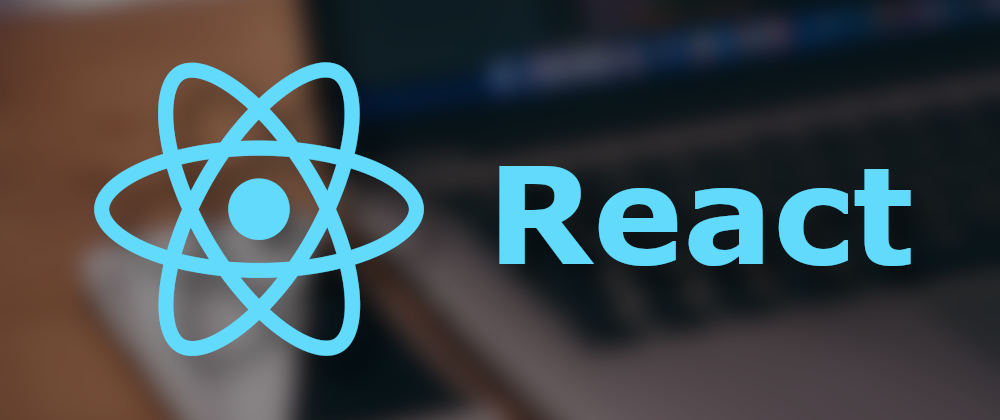In my first post in this series I said:
we'll be needing to use a class later, to get access to states
It turns out I was wrong. This was once the case but the React team have remedied it with Hooks. I discovered Hooks thanks to this post.

React Hooks: Implementation of useState
josesrodriguez610 ・ Jul 13 '20
What are Hooks?
Let's look at how the React documentation describes Hooks.
A
Hookis a special function that lets you “hook into” React features. For example,useStateis aHookthat lets you add React state to function components.
Converting Classes
I'm going to convert my old class, MaterialSwitch, from React: A simple start into a functional component. It will work exactly the same but, should, use less code and run a little quicker (as it doesn't have to load in all of React)
Render
Our old render function will become our whole MaterialSwitch function.
render() {
const {children, readOnly, disabled, defaultChecked } = this.props;
return (
<label className="md_switch">
<input
readOnly={readOnly}
disabled={disabled}
defaultChecked={defaultChecked}
onChange={this.changeHandler}
type="checkbox"
/>
<span className="md_switch__toggle"></span>
{children}
</label>
)
}
Because we're now using a function and not a class we need to pass in props and this.props will become props but that's all we need to worry about right now.
function MaterialSwitch(props) {
const {children, readOnly, disabled, defaultChecked } = props;
return (
<label className="md_switch">
<input
readOnly={readOnly}
disabled={disabled}
defaultChecked={defaultChecked}
onChange={this.changeHandler}
type="checkbox"
/>
<span className="md_switch__toggle"></span>
{children}
</label>
)
}
Constructor
The constructor this contains super, default states and the binding of this to a function. We don't need any of these so let's delete that.
constructor(props) {
super(props);
this.state = {
checked: props.defaultChecked
}
this.changeHandler = this.changeHandler.bind(this);
}
We do still need to do something with the state though, so let's look at useState. useState is a function that returns two values, a reference to the current state and a function to update it. Because it returns two values we'll use destructuring assignment to save those values.
The naming convention that is most common, for our two values, is [stateName, setStateName]. Which will leave us with stateName containing the value and setStateName being the function to update it.
The last thing to note about the useState function is that it takes one argument, the default/initial state. Now we know all that we can boil our checked state down to this, which will appear in the function.
function MaterialSwitch(props) {
const {children, readOnly, disabled, defaultChecked } = props;
// This is our new line
const [checked, setChecked] = React.useState(defaultChecked);
return (
<label className="md_switch">
<input
readOnly={readOnly}
disabled={disabled}
defaultChecked={defaultChecked}
onChange={this.changeHandler}
type="checkbox"
/>
<span className="md_switch__toggle"></span>
{children}
</label>
)
}
Functions
We only had one function in the class version but we'll still need to move that into our new main function.
changeHandler(event) {
const { onChange } = this.props;
this.setState({checked: event.target.checked});
If(typeof onChange === "function") onChange(event);
}
As we know this.setState(); becomes setStateName();, onChange needs to be declared when we declare all our props and the reference to changeHandler drops the this but that's it.
function MaterialSwitch(props) {
// We added onChange to this line
const {children, readOnly, disabled, defaultChecked, onChange } = props;
const [checked, setChecked] = React.useState(defaultChecked);
// Here is our function
const changeHandler = function(event) {
setChecked(event.target.checked);
if(typeof onChange === "function") onChange(event);
}
return (
<label className="md_switch">
<input
readOnly={readOnly}
disabled={disabled}
defaultChecked={defaultChecked}
// We had to change this reference to the function too
onChange={changeHandler}
type="checkbox"
/>
<span className="md_switch__toggle"></span>
{children}
</label>
)
}
And that's everything moved over. The original class version was 35 lines of code and this, new, functional version is only 24. Shaving off 11 lines of code might not seem like a lot but it soon adds up.
Wrapping up
And there we have it, what started as a gap in my knowledge became a great learning experience, there is much more for me to learn about hooks and I'm sure I'll cover what I learn in the future.
Thank you so much for reading and, as always, feel free to post questions or corrections in the comments below. If you have any posts you want me to read feel free to post them too, I'm always interested to see other stuff. Thanks again!
🦄🧠💕🦄🦄💕❤🧠💕❤



















